Rose Brito
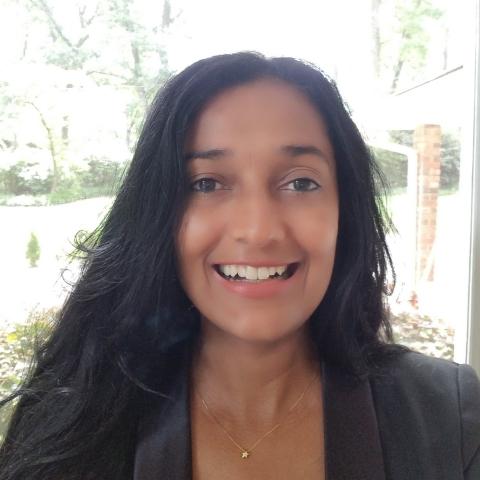

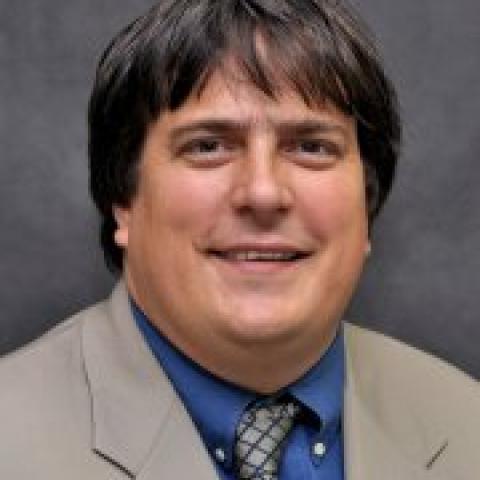
Dr. Brewster's clinical practice is focused on general vascular surgery and peripheral arterial disease, and his affiliations include Emory University Hospital and serving as section chief of vascular surgery at the Atlanta VA Healthcare System.
As a surgeon-scientist, his joint affiliations with the Atlanta Clinical and Translational Science Institute and the Wallace Coulter Department of Biomedical Engineering at Georgia Tech/Emory have given him access to an exceptional pool of collaborators, and he has received a steady stream of various federal, foundation, and industry grants.
Dr. Brewster's laboratory focuses on investigations of the biomechanical mechanisms that contribute to pathologic vessel remodeling in peripheral vascular disease, develops regenerative strategies for use in ischemic tissue, and works to improve the function of patients who succumb to major amputation.

Blair Brettmann received her B.S. in chemical engineering at the University of Texas at Austin in 2007. She received her Master’s in chemical engineering practice from MIT in 2009 following internships at GlaxoSmithKline (Upper Merion, PA) and Mawana Sugar Works (Mawana, India). Blair received her Ph.D. in chemical engineering at MIT in 2012 working with the Novartis-MIT Center for Continuous Manufacturing under Professor Bernhardt Trout. Her research focused on solid-state characterization and application of pharmaceutical formulations prepared by electrospinning. Following her Ph.D., Brettmann worked as a research engineer for Saint-Gobain Ceramics and Plastics for two years. While at Saint-Gobain she worked on polymer-based wet coatings and dispersions for various applications, including window films, glass fiber mats and architectural fabrics. Later, Brettmann served as a postdoctoral researcher in the Institute for Molecular Engineering at the University of Chicago with Professor Matthew Tirrell. Currently, Brettmann is an assistant professor with joint appointments in chemical and biomolecular engineering and Materials Science and Engineering at Georgia Tech.
Pharmaceuticals, polymer and fiber, printing technologies, polymers, nanocellulose applications, new materials, wet-end chemistry, manufacturing, biotechnology, cellulosic nanomaterials, chemistry, biomaterials, aerogels and hydrogels, coating, coatings and barriers, films and coatings
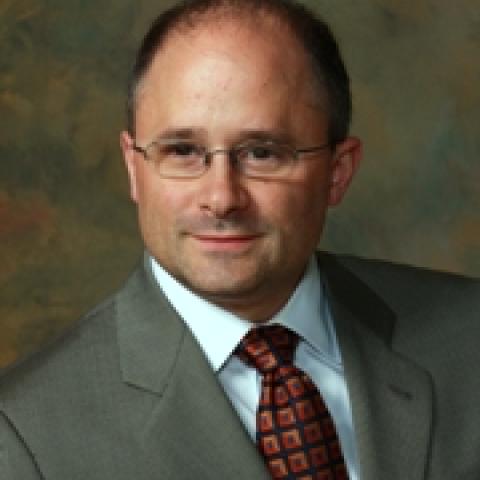
Dr. Nicholas M. Boulis is a neurosurgeon in Atlanta, Georgia and is affiliated with multiple hospitals in the area, including Emory University Hospital Midtown and Grady Memorial Hospital. He received his medical degree from Harvard Medical School and has been in practice for more than 20 years.
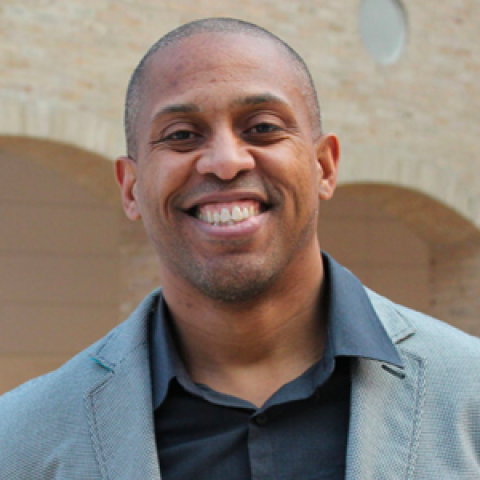
Edward Botchwey received a B.S. in mathematics from the University of Maryland at College Park in 1993 and both M.E. and Ph.D. degrees in materials science engineering and bioengineering from the University of Pennsylvania in 1998 and 2002 respectively. He was recruited to the faculty at Georgia Tech in 2012 from his previous position at the University of Virginia. His current position is associate professor in the Wallace H. Coulter Department of Biomedical Engineering at Georgia Tech and Emory University. Botchwey is former Ph.D. fellow of the National GEM Consortium, a former postdoctoral fellow of the UNCF-Merk Science Initiative, and a recipient of the Presidential Early Career Awards for Scientists and Engineers from the National Institutes of Health.
Botchwey’s research focuses on the delivery of naturally occurring small molecules and synthetic derivatives for applications in tissue engineering and regenerative medicine. He is particularly interested in how transient control of immune response using bioactive lipids can be exploited to control trafficking of stem cells, enhance tissue vascularization, and resolve inflammation. Botchwey serves on the Board of Directors of the Biomedical Engineering Society (BMES) and serves as the secretary to the Biomedical Engineering Decade committee.
Botchwey, his wife Nisha Botchwey (also a GT faculty member) and three children reside in east Atlanta in the Lake Claire neighborhood. Botchwey is also an avid cyclist and enjoys reading YA fantasy, behavioral neuroscience and Christian theology books in his personal time.
Biomaterials, cellular materials, in situ characterization, tissue engineering, tissue engineering and biomaterials, microvascular growth and remodeling, stem cell engineering.

I am a rehabilitation neuroscientist keenly interested in the brain's capacity for change in response to rehabilitation after injury or in the context of disease. My work incorporates multimodal neuroimaging and neurostimulation approaches to investigate brain structure and function. The overarching aim of this work is to uncover the key neural substrates supporting motor control and motor learning to enable the design of optimal rehabilitation strategies to maximize recovery of function following neurologic injury.

Dr. Borodovsky and his group develop machine learning algorithms for computational analysis of biological sequences: DNA, RNA and proteins. Our primary focus is on prediction of protein-coding genes and regulatory sites in genomic DNA. Probabilistic models play an important role in the algorithm framework, given the probabilistic nature of biological sequence evolution.
Development and applicaton of new machine learning and pattern recognition methods in bioinformatics and biological systems. Development and applicaton of new machine learning and pattern recognition methods in bioinformatics and biological systems. Chromatin; Epigenetics; Bioinformatics
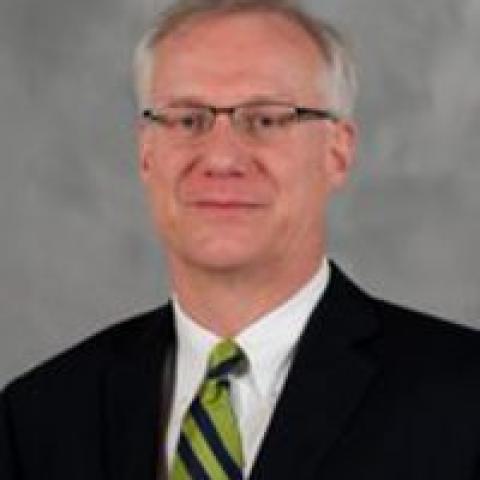
Andreas (Andy) S. Bommarius is a professor of Chemical and Biomolecular Engineering as well of Chemistry and Biochemistry at the Georgia Institute of Technology in Atlanta, GA. He received his diploma in Chemistry in 1984 at the Technical University of Munich, Germany and his Chemical Engineering B.S. and Ph.D. degrees in 1982 and 1989 at MIT, Cambridge, MA.
From 1990-2000, he led the Laboratory of Enzyme Catalysis at Degussa (now Evonik) in Wolfgang, Germany, where his work ranged from immobilizing homogenous catalysts in membrane reactors to large-scale cofactor-regenerated redox reactions to pharma intermediates.
At Georgia Tech since 2000, his research interests cover green chemistry and biomolecular engineering, specifically biocatalyst development and protein stability studies. His lab applies data-driven protein engineering to improve protein properties on catalysts ranging from ene and nitro reductases to cellobiohydrolases. Bommarius has guided the repositioning of the curriculum towards Chemical and Biomolecular Engineering by developing new courses in Process Design, Biocatalysis and Metabolic Engineering, as well as Drug Design, Development, and Delivery (D4), an interdisciplinary course with Mark Prausnitz.
Andy Bommarius in 2008 became a Fellow of the American Institute of Medical and Biological Engineering. Since 2010, he is Director of the NSF-I/UCR Center for Pharmaceutical Development (CPD), a Center focusing on process development, drug substance and product stability, and novel analytical methods for the characterization of drug substances and excipients.

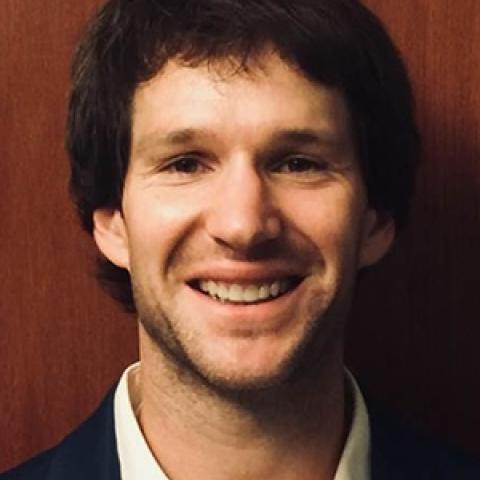
The Blazeck Lab tackles challenges at the interface of immunology, engineering, and metabolism to improve human health. We utilize our expertise in cellular and protein engineering to control biological function and to develop novel therapies to fight disease.
Synthetic Immune Systems
Our immune system uses very complex processes to make exquisitely specific receptors that recognize disease causing agents, and much of our ability to fight diseases is contingent upon the development of a diverse repertoire of immune receptors. Many questions remain unanswered about these immune receptors. For instance, at a population level, can we characterize the millions of receptors each person makes? And then further determine which of these millions of receptors is most important towards recognizing and targeting a pathogen? And can we control the generation of immune receptors to have desired properties? We are striving to answer these questions by harnessing our immune system’s power in a synthetic setting to improve understanding and treatment options for numerous diseases, while developing applications for vaccine design, personalized medicine, and enzyme engineering.
Engineering Cellular Therapies
Immunotherapies are treatments designed to modulate the immune response that have shown astounding clinical potential, yet there are no current treatments with guaranteed success. We are working to engineer cellular systems with controllable, enhanced, and non-native functions that improve their impact and capability. By developing high throughput technologies to interrogate immune function, we hope to translate our findings into improvements in the next generation of cellular therapeutics.
Developing Proteins that Fight Cancer and Control Metabolism
It is widely accepted that cancer cells have a significantly altered genomic and metabolic makeup relative to normal cells, but how can we best target these differences? By combining our expertise in metabolism and therapeutic protein engineering, are working to engineer proteins to directly target and fight cancer. For instance, certain enzymes can control the metabolic environment around tumors to inhibit their growth or to stimulate a native anti-cancer immune response. We utilize directed evolution approaches to optimize protein function and efficacy.